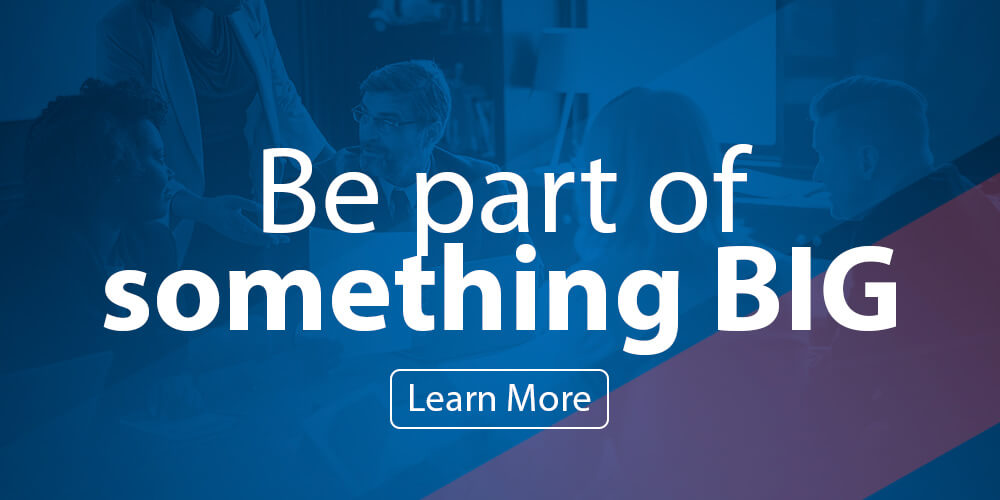In the world of the web, it is widely understood that you must ethically bribe your visitors with electronic goodies in order to get and hold their interest. In the good old days of the internet, these free items may have been as simple as a quick quiz, a newsletter, or a short eBook. As the sophistication and competition on the web has increased, so has use of the free bar as a business model. Today, a web user can find more free and valuable web content than they can use. Why buy a newspaper when cnn.com or usatoday.com if free? Why pay for a research report when so much content is available for free?
In order to gain or retain a prospect’s interest, some gurus claim you must give away an item with a $50-$100 perceived value. Successful website operators do just that while other web operators wonder why visitors quickly exit their sites or why no one signs up for their newsletter. Unfortunately, the free bar is here to stay. The traditional logic has always been that digital goods are effectively free to distribute, so why not utilize them to gain sales momentum. Interestingly, the free bar may not be a web-only tactic.
Superstore operator Meijer now offers free antibiotics like Amoxicillin to shoppers vs. the $5 or $10 a customer would pay at CVS or Walgreens. Most insurance companies have a maximum allowable cost for Amoxicillin of $2.10 or so. Let’s assume this is close to the wholesale cost. This means that Meijer is giving away goods and services with actual hard costs on the bet that the consumer will spend enough in their superstore to justify the customer acquisition cost.
Meijer has always been a business model innovator. Meijer is credited for opening the very first hypermarket in 1962. However, this Meijer business model change may not be as innovative is it appears. For years, supermarkets have enticed shoppers with loss leaders to lure them into the store so they could purchase higher margin items. A skeptical view if this business model would be to simply view free antibiotics and an extension of this model. However, there is a big difference between cutting your margin and giving away a needed and valuable item like a prescription.
This also leads to some interesting side discussions. Does Meijer treat the free Amoxicillin customer differently? For instance, does Meijer immediately fill the prescription while the free customer waits or do they send them shopping for twenty minutes? Does Meijer or should Meijer track the ticket average of the free prescription customers? According to the Food Marketing Institute, the average consumer spends $26.78 per grocery store visit. It is safe to assume that Meijer’s ticket average is higher since they offer clothing, toys, hardware, etc. Would you expect Meijer’s ticket average on the Amoxicillin customers to be lower or higher than an average customer?
How can Meijer’s business model gamble best pay off? What percentage of Meijer’s free drug giveaways are to the desirable family with kids? What percentage of the giveaways is to hyper-sensitive retirees looking to save $3 vs. the Wal-Mart prescription plan?
Do you think Meijer is wise to bribe customers with free goods or is this simply an extension of the loss leader principle? Do you see this trend continuing or expanding?


